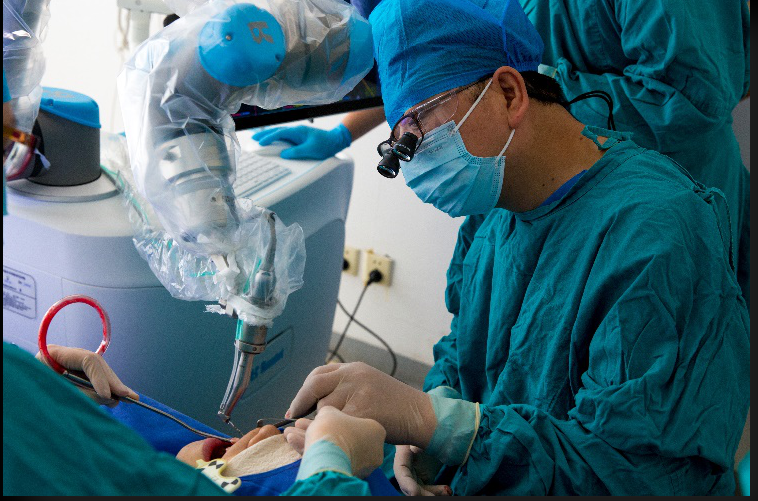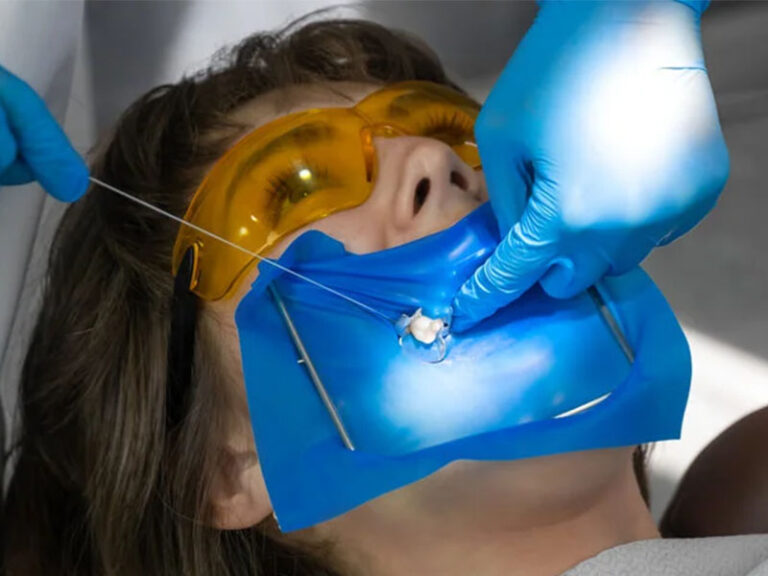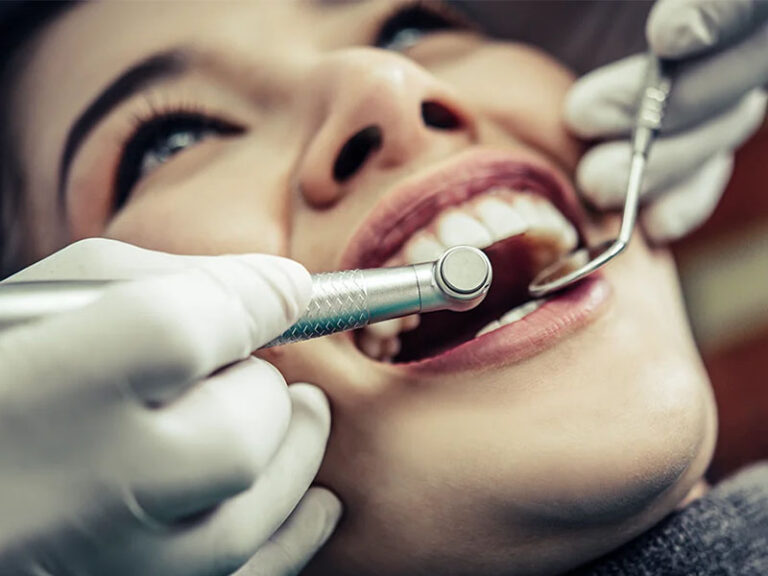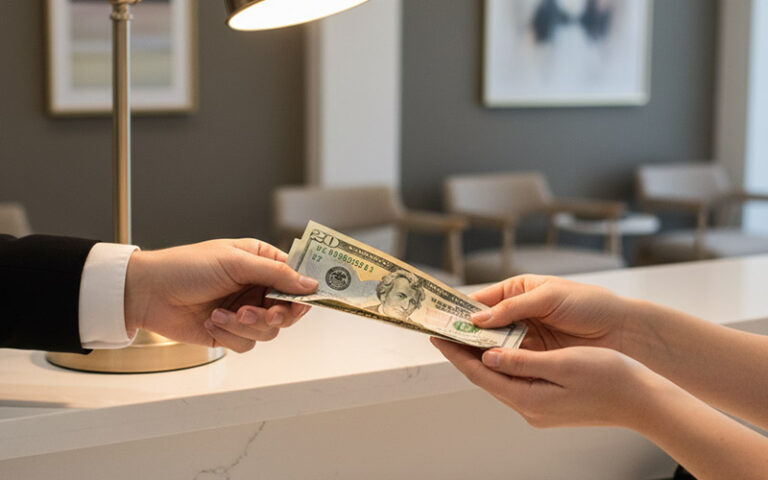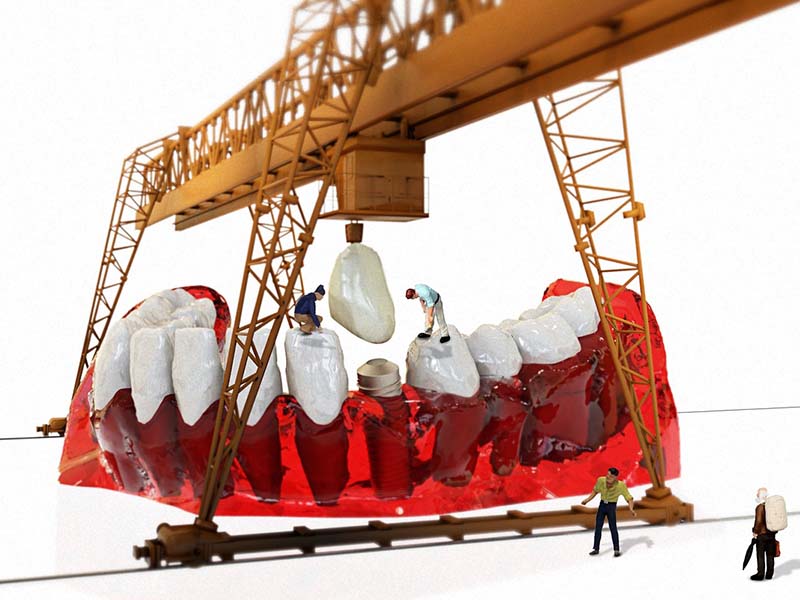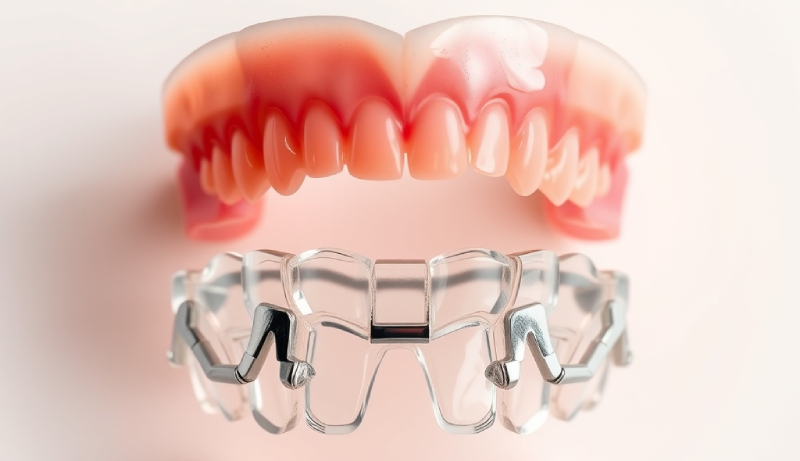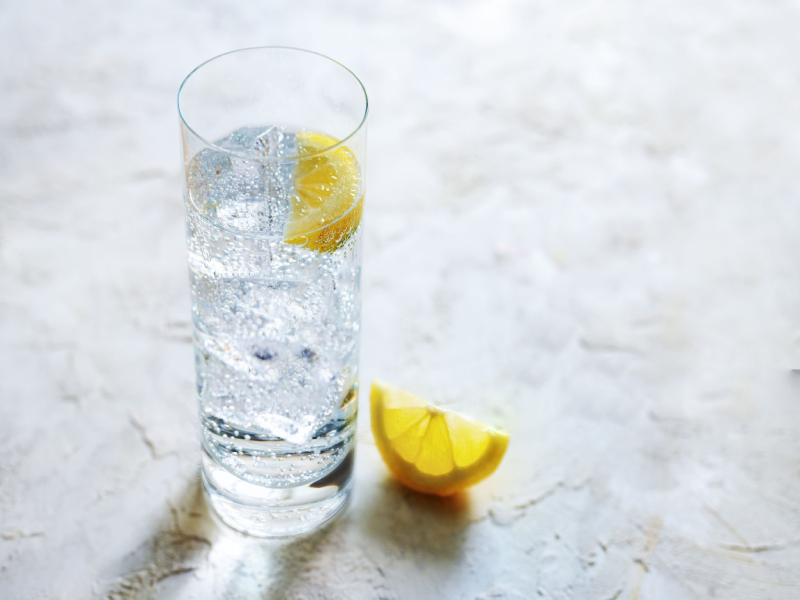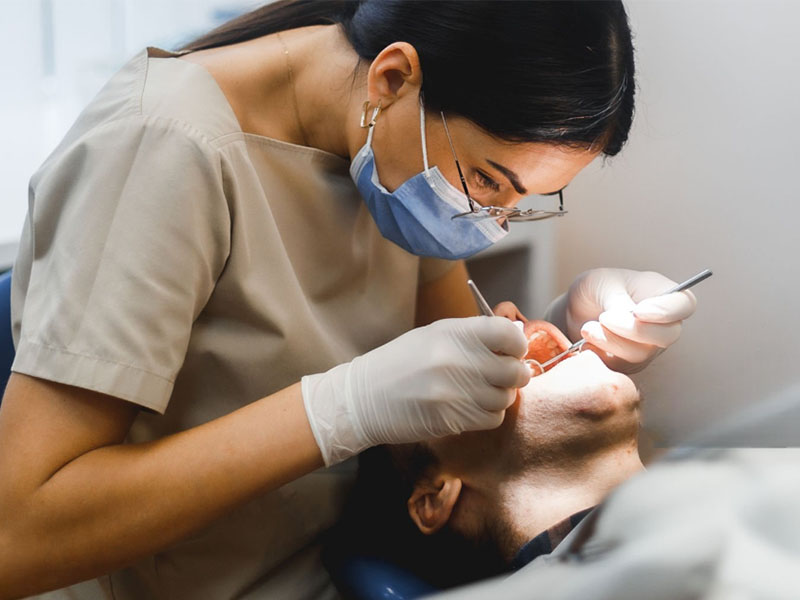
Tartar: The Ultimate Guide—What Causes It, How to Stop It, and the Best Ways to Get Rid of It
Table of Contents
Introduction: What You Don’t Know About Tartar Can Hurt Your Smile
I still remember my dentist pointing out tartar on my teeth at a checkup. I didn’t even know what tartar was back then or how it got there. I brushed every day and flossed (sometimes), but there it was—a tough yellow patch near my gums. Since then, I figured I needed to find out all I could about tartar: what makes it show up, why it’s a problem, and how you can really clear it up or stop it. I’m sharing what I wish I’d known a long time ago.
So, What Is Tartar (Dental Calculus), Anyway?
When I first heard the word “tartar,” I thought it belonged in a kitchen, not my mouth. But tartar—also called dental calculus—really just starts as plaque. Plaque is a soft, sticky layer made of food bits and germs that builds up on your teeth all the time. If you don’t brush and floss well, that soft stuff can turn hard. That happened to me—plaque sort of baking onto my teeth in as soon as a day or two.
You can think of tartar like a barnacle on a boat—the boat is your teeth. When plaque catches minerals from your spit, it turns hard and sticks tight. It can look yellow, brown, or even black, and you’ll often spot it along your gums or behind your front teeth. There are two kinds: one that sits above your gums (supragingival), and one that hides below them (subgingival). Both attract even more germs, and you definitely can’t brush or floss them off on your own.
Why Does Tartar Build Up?
Turns out, it’s not just about forgetting to brush now and then. Everyone’s a bit different, but some main things can speed up tartar:
Sloppy Brushing and Flossing
For a while, I thought once-a-day brushing was enough. In truth, plaque comes back fast. If I skip it, I’m just letting tartar get started. Not flossing is a big deal too—the spaces between your teeth are prime spots for tartar to show up.
Eating Too Many Sugary or Starchy Foods
If you love sweets or chips, the germs in your mouth are having a party and making more plaque. I ate a lot of soda and candy, and noticed a real change when I stopped.
Your Spit
My dentist explained some people’s saliva has more minerals, which means plaque goes hard faster. It’s not your fault—it’s just the way your spit is. But you do have to be more careful.
Smoking or Using Tobacco
I don’t smoke, but friends who do always seemed to have more tartar. Their dentist visits took longer too. Smoking dries out your mouth and makes it easier for tartar to get started. It also makes it harder for your gums to heal.
Dry Mouth
I’ve had dry mouth from medicine, and it made a huge difference. Without enough spit, food bits just stick around and feed germs—more plaque and more tartar.
Family
Some people in my family seem to get tartar even though they try their best. Your genes can make you more likely to have tartar problems.
Some Medicines
Blood pressure pills and antidepressants sometimes dry out your mouth or change how it works. Makes it easier to get tartar if you’re not extra careful.
How to Spot Tartar: Signs and Symptoms
Looking back, I probably saw some clues but just didn’t know what they meant.
- You can see it: Most days, I didn’t even notice the yellow or brown crust on my gums. It felt rougher than the rest of my teeth.
- Bad breath: Sometimes my mouth felt clean, but my breath said otherwise. Bad breath that won’t quit is a big sign.
- Sore or Red Gums: If your gums bleed or hurt when you brush, that could be tartar.
- Gums pulling away or tooth pain: Tartar can push your gums back and expose parts of your teeth. If cold water gives you a jolt, tartar might be why.
Knowing these tells you when it’s time for a dentist visit, before things get worse.
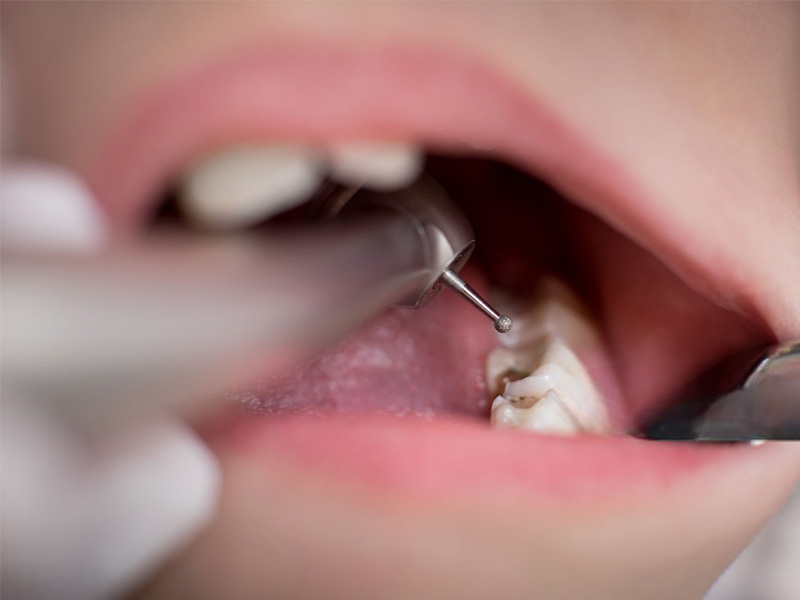
Why Tartar Is Actually Dangerous
I used to think tartar just looked bad, but it turns out it’s much worse than that.
Gingivitis
This is when your gums first start to get red and puffy. It’s the earliest stage, and you can usually turn it around if you catch it early.
Bad Gum Disease (Periodontitis)
If you ignore the early warning, things can get much worse. Bacteria can get under your gums and eat away at your bones and tissue. This stage is really hard to fix.
Cavities
Tartar likes to suck up bacteria and food, which turn into acid. That acid attacks your teeth and causes cavities, especially near the gums.
Losing Teeth
If it gets bad enough, you can lose teeth. I’ve seen it happen in my family, and it’s not something you want to mess with.
It Can Hurt The Rest of Your Body
I had no clue, but tartar can even affect your heart and other parts of your body. Bad oral germs can sneak into your blood and make other health problems worse.
For example, almost half of adults over 30 have some sort of gum disease. If you smoke, your risk goes way up. These numbers are real, and so are the risks.
Getting Rid of Tartar: Why You Need a Dentist
You might see things online about getting rid of tartar at home with tools or gadgets. Here’s the truth: Don’t try it. I did once with some tool I bought online—it just made my gums bleed, scraped my teeth, and the tartar didn’t budge.
Why You Can’t Do It Yourself
Tartar sticks hard to your teeth. You can’t scrape it off without special dentist tools. Trying at home just hurts your gums or damages your teeth.
How Dentists Remove Tartar
At my cleanings, the hygienist uses special hand tools and also a buzzing machine that sprays water. It feels weird, and sometimes my gums feel a little sore, but afterwards my teeth feel smooth and fresh.
Hand Tools (Manual Scaling)
For build-up you can see, they use small scrapers to gently take it off.
Ultrasonic Scalers
If there’s a lot of tartar, the buzzing tool gets it off fast. The noise is odd but it’s over quick.
Deep Cleaning (Root Planing)
If tartar is under your gums, they might have to clean those spots too. Some of my friends had this and said it helped their gums heal up.
Polishing
After all the scraping, my dentist buffs my teeth so plaque has a harder time sticking again.
How Often?
I get cleanings every six months, sometimes sooner if I need it. Some people need them more often, which your dentist will tell you.
What’s a Cleaning Like?
The hygienist checks my gums, scrapes off tartar, polishes my teeth, and might put on some fluoride. Sometimes my mouth feels a little sore later, but it’s worth it.
How to Keep Tartar Away for Good
After learning how stubborn tartar can be, I changed a lot about how I take care of my teeth:
Brush Right
Brush the right way, not just fast. I use the “Bass technique:” hold the brush at an angle and make tiny circles along the gums. Two minutes, morning and night.
Use an Electric Toothbrush
Switching to electric really helped—studies show they work better, especially for tricky spots. I noticed the difference too.
Floss Every Day
For years I quit flossing and always had trouble. Now, if I skip just one day, my mouth feels off. Floss, dental picks, or water flossers all work—find what’s easy for you.
Toothpaste Matters
Pick a toothpaste with stuff that fights new tartar. I look for things like pyrophosphates or zinc citrate.
Mouthwash
An antiseptic or fluoride rinse helps a lot. I use it at night, especially when my gums are sore.
Eat Better
Less sugary or starchy snacks, more water, and crunchy fruits and veggies. Snacking less keeps your mouth out of trouble.
Go to the Dentist
Don’t skip checkups! Your dentist will catch tartar early and show you what to do better. My hygienist has taught me tips I’d never hear anywhere else.
Don’t Smoke
Quitting helps not just your mouth but your whole body. I’ve seen how hard it is for smokers to avoid tartar and gum trouble.
Conclusion: Take Charge of Your Oral Health
Here’s the bottom line: don’t look the other way about tartar. When you know what causes it and how to spot it, then stay on top of good brushing, flossing, and your regular cleanings—you can really make a difference.
For me, swapping to an electric brush, flossing nightly, and cutting down on sweets has made a huge change. I’ve got fresher breath, cleaner teeth, and I don’t dread the dentist anymore.
Trust me, don’t wait as long as I did—a little effort each day keeps a lot of trouble away for life.
FAQs
How fast does plaque become tartar?
Plaque starts turning hard in as little as 24 to 72 hours if you don’t clean it off. That’s one big reason to brush and floss every day.
Does tartar removal hurt?
Most of the time, no. Sometimes it’s a little uncomfortable if your gums are sore, but it’s way better than letting tartar mess up your teeth.
Can tartar make you lose teeth?
Yes, it can. Tartar causes gum disease, which can destroy the bone and tissue holding your teeth. I’ve seen people lose teeth to it.
What’s the difference between plaque and tartar?
Plaque is a sticky, soft stuff that forms every day. Tartar (calculus) is what happens when plaque turns hard from minerals in your spit.
Are do-it-yourself tartar removers safe?
They’re not. They don’t work for hard tartar, and you’ll probably just hurt your gums or teeth. I clean off plaque at home, but tartar is a job for my dentist.
Got more questions, or want to share your own story? Ask your dentist or hygienist—they’ve seen it all and can help you figure out what works best for your mouth!

